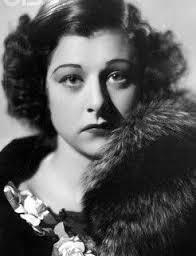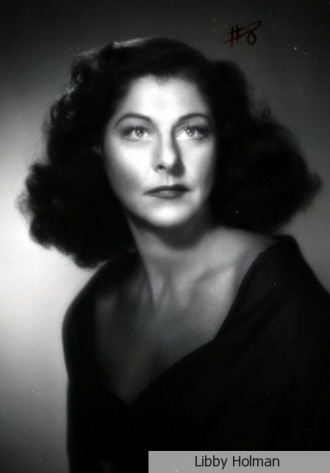Libby Holman
This is a photo of Libby Holman added by Amanda S. Stevenson on May 7, 2020.
Date & Place:
Not specified or unknown.


 Amanda S. Stevenson
Amanda S. Stevenson 

